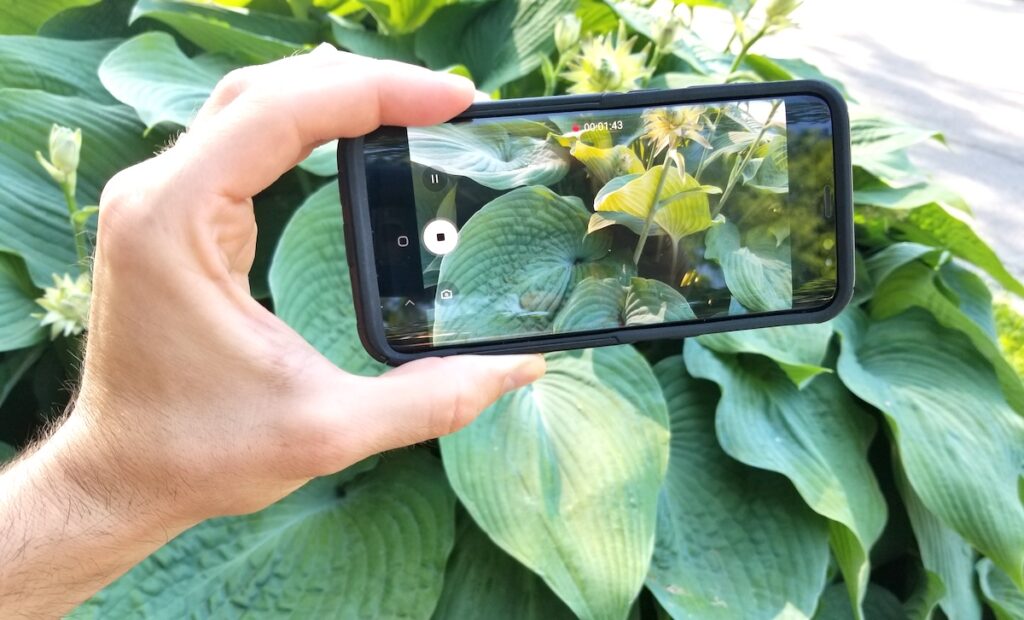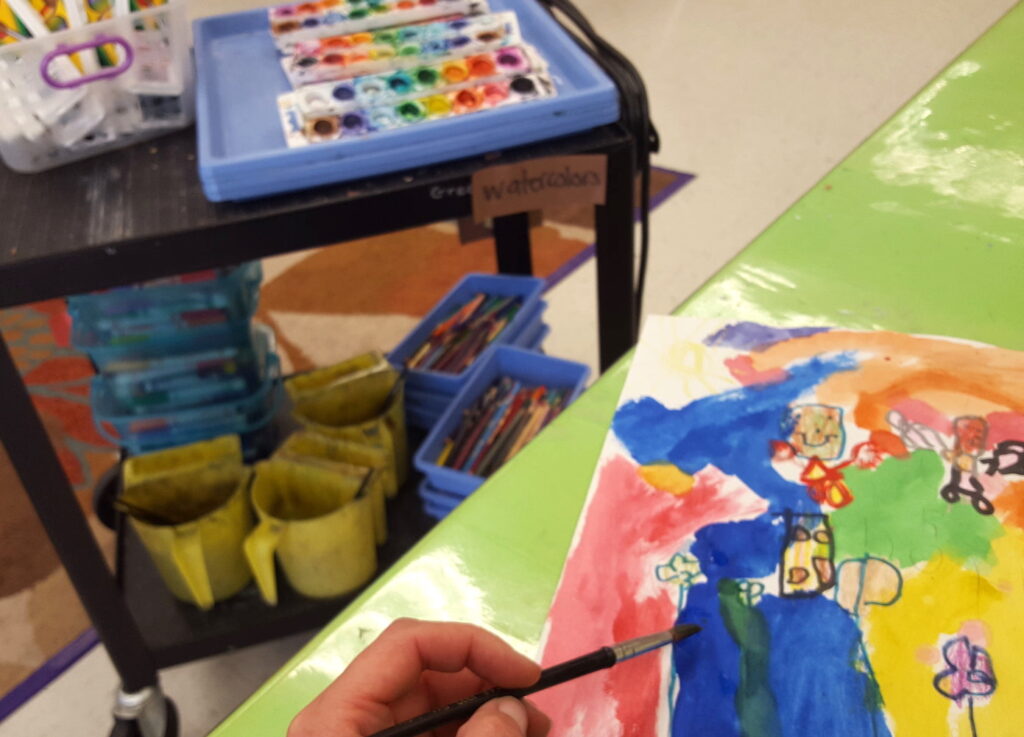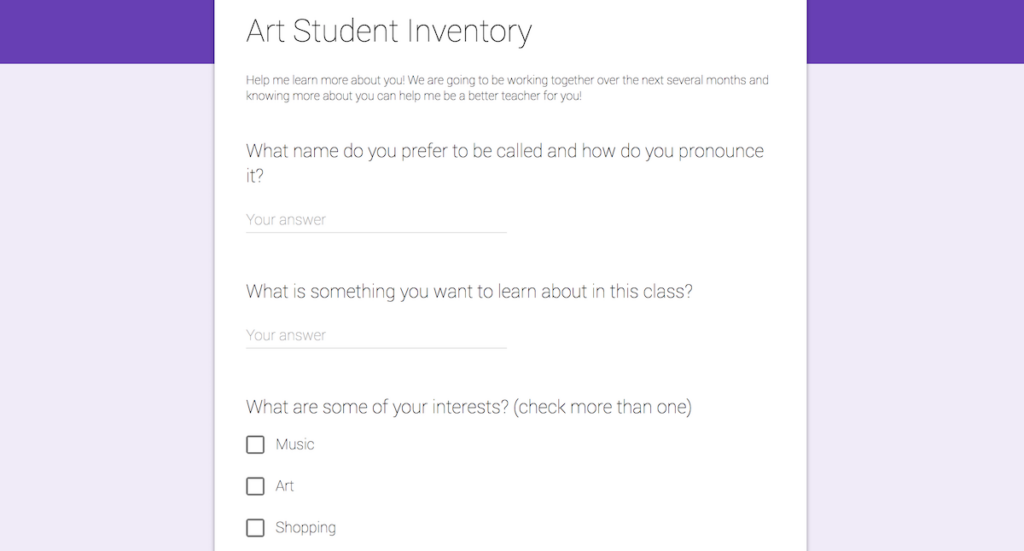Return to Learn with The Art of Education University
The approaching school year will be unlike in previous years. Many teachers are going to teach remotely, while others will return to the classroom with safety restrictions and face coverings. These new working conditions will require all of us to think outside the box in order to engage with our students in a new way.
We know that before we can inspire students to learn and connect with course material, we must first build positive relationships. Once students know you care and see them as individuals, the teaching becomes much easier and more engaging for students.
While our typical first day of school may have involved a cheerful introduction or icebreaker games, this might not be possible or be as effective this school year. Our faces will be masked, which will muffle our voices and hide our expressions. We need to think of new ways to show students we’re excited to have them in our class!
6 Ways to Introduce Yourself to Students
1. Record a video.
If your students will participate in remote learning full-time, or as a hybrid of in-school and online, you may want to consider recording a video introduction, or plan an introduction to share live through programs like Zoom or Google Meets.

Save procedure and technical information for another day, and begin with a simple introduction about yourself. Share some of your hobbies and interests, or why you became an art teacher with your students. They need to get to know you and develop a certain level of trust before they share with you. Don’t be afraid to be silly or imperfect. Your video presence does not need to be polished. Be yourself, and try to connect with students through the screen.
If you have pets, show them off! If you’re working on art at home, share your studio space with students. Give them a glimpse of the kind of person and teacher you are. You will eventually want to know more about them, and this opens the door to that possibility. You can be as creative as you want in your video, but try to avoid the monotone delivery. Remote learning will be tough, so bring even more energy in front of the camera.
2. Design a digital classroom.
By now you have probably seen some of the elaborate Bitmoji classrooms popping up on social media. This is a fun and interactive way for students to get to know you and to establish some norms for your online classroom.
You can use the Bitmoji application to customize a digital character that resembles you. This character can then be used in different poses and silly situations throughout the school year. You can have your Bitmoji dancing on Fridays, with hearts after a great critique, or crying when no one shows up to your office hours.
Teachers have taken the Bitmoji character and added them to an interactive classroom backdrop. Many teachers create these in Google slides with clickable links to other websites, videos, and images. You can have students click on a picture frame on your desk, and it can bring up a picture of your pets or family. There can be a boombox to click on to share some of your favorite music. You can share books you’re reading, places you’ve visited, favorite hobbies, foods, etc.
As students explore all of the things to click on, they’re actually learning how to use your interactive classroom. In future weeks, you can make clickable objects for artist biographies, video clips, and attendance. While you play around with the design, you are sure to discover new ways to make your online classroom more engaging!
3. Share a personal project.
Many teachers have a project at the beginning of the school year that asks students to share details about themselves. Before you ask students to do this, you can create your own example.

Explain your creative choices with students through video so they can hear and see you. Maybe you like to fish so you drew a large-mouthed bass on your project. You can share a story about fishing with your family and how you caught a record-breaking fish. These personal stories will resonate with your students, and you will model how to visually communicate personal details through art.
4. Personalize your art cart or your at-home classroom.
If you are going back to school in-person or from a room in your home, you may find yourself teaching on a cart for the first time or thinking about your home background. This can be disappointing and limiting, but it is certainly better than no art at all!

Use your art cart or the wall behind you as a way to introduce yourself to new students. If you are a sports fanatic, you can decorate your cart or wall in your team colors. If you’re more of an animal person, you could create a theme around your spirit animal, and even name your cart or computer.
You can share stories and reasoning for how you decorated your cart or your wall. You may include a few pictures of your family, or paint symbols or in the style of your favorite artist! A sunflower Van Gogh cart or mural could be a great way to share your passion for art with students!
5. Model a questionnaire.
Student questionnaires are popular throughout the school on the first day. They’re a great way to get to know your students, and for students to have an opportunity to share things with you at the start of the school year. Ask things like, “Do you have a nickname or middle name that you go by instead of what is on the roster?” “What is your preferred pronoun?” “How do you like to receive feedback?” etc.

You can probably use a questionnaire from previous years, but this year, as a way to introduce yourself, fill out your own questionnaire. Read the questions aloud as students are thinking about their own answers. As you finish each question, share with the class what you would answer and explain why. This gives the students an idea of what types of answers you’re looking for, but more importantly, gives them some insight into their new teacher.
6. Demonstrate a personal project.
If you’ve been working on your own artwork this summer, or even if you’ve created a teacher example of your first student project, bring it in to demonstrate how you create. You can share with students your process and explain that artists work differently.

Return to Learn with The Art of Education University
Create as they’re sketching or brainstorming, but verbalize your thought process and how you approach the directions. Students will gain a better understanding by seeing your demonstration before creating their own. If the project calls for incorporating details about yourself, share those along the way too. The more stories and personal characteristics you can share, the more your students get to know you. They also learn how to put more of themselves in their artwork. This will result in students being truly invested in the work they’re creating, and your class projects will have more variety because they are unique to each student!
Final Thoughts
No matter how you begin this new school year, take time to introduce yourself to students. You may be tempted to jump right into the safety rules, restrictions, classroom procedures, etc. Those things are definitely important, but so are the relationships you will develop with each student. Keep your mask on, but put your guard down and share a bit of yourself with the class. You’ll be glad you did!
How do you plan to introduce yourself to new students this year?
What does your Bitmoji classroom look like?
How have you personalized your art cart?
Magazine articles and podcasts are opinions of professional education contributors and do not necessarily represent the position of the Art of Education University (AOEU) or its academic offerings. Contributors use terms in the way they are most often talked about in the scope of their educational experiences.





